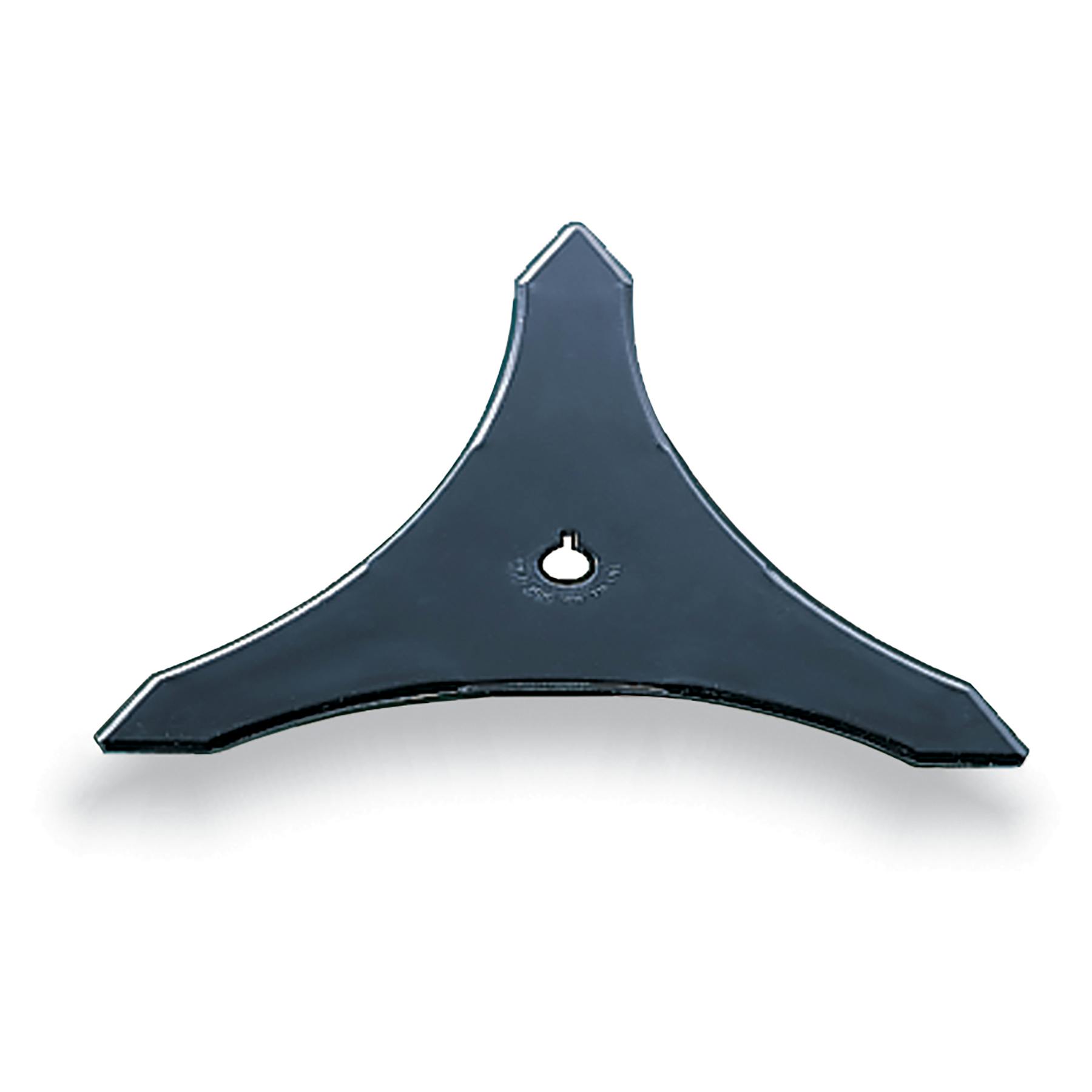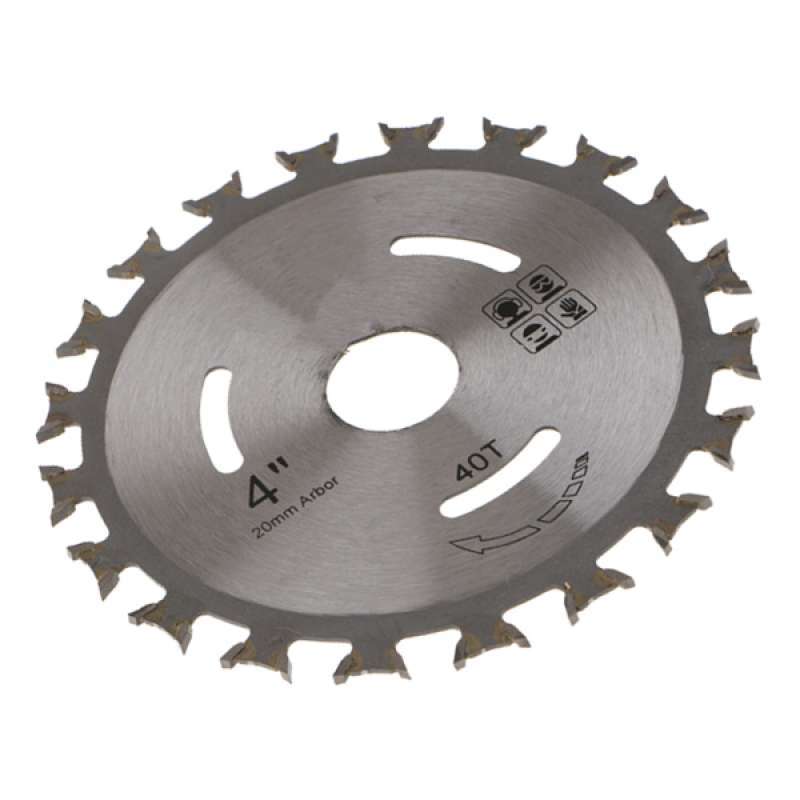Weed Eater Blade: The Ultimate Guide To Choosing The Right One
Weed Eater Blade: The Ultimate Guide to Choosing the Right One
Weed eater blades are an essential tool for any homeowner who wants to keep their yard looking its best. But with so many different types of blades on the market, it can be hard to know which one is right for you.
In this blog post, we will discuss the different types of weed eater blades available, as well as the factors you need to consider when choosing one. We will also provide some tips on how to use your weed eater blade safely and effectively.
What is a weed eater blade?
A weed eater blade is a sharp, rotating blade that is attached to a weed eater. It is used to cut through thick weeds, grasses, and other vegetation. Weed eater blades come in a variety of shapes and sizes, depending on the type of vegetation they are designed to cut.
Types of weed eater blades
There are three main types of weed eater blades:
- String trimmer blades: These are the most common type of weed eater blade. They are made of a thin, flexible string that is wrapped around a spool. The string rotates at high speed, cutting through weeds and grasses.
- Metal blades: Metal blades are more durable than string trimmer blades and can cut through thicker vegetation. They are also more effective for clearing brush and weeds near walls or other objects.
- Saw blades: Saw blades are designed for cutting through thick, woody vegetation. They are not as common as string trimmer blades or metal blades, but they can be very useful for clearing large areas of brush or weeds.
Factors to consider when choosing a weed eater blade
When choosing a weed eater blade, there are a few factors you need to consider:
- The type of vegetation you need to cut: If you are only cutting grass and weeds, a string trimmer blade will be sufficient. If you need to cut through thicker vegetation, such as brush or weeds near walls, a metal blade is a better option.
- The size of the blade: The size of the blade will affect the width of the cut. A larger blade will make a wider cut, but it will also be more difficult to control.
- The speed of the blade: The speed of the blade will affect how quickly it cuts through vegetation. A faster blade will cut through vegetation more quickly, but it can also be more dangerous.
- The cost of the blade: Weed eater blades can range in price from a few dollars to over $100. It is important to find a blade that fits your budget and your needs.
How to use a weed eater blade safely
When using a weed eater blade, it is important to follow these safety tips:
- Always wear safety glasses and gloves when using a weed eater.
- Keep the weed eater blade sharp. A dull blade can be dangerous and can make it more difficult to cut through vegetation.
- Be careful when using a weed eater blade near walls or other objects. The blade can easily damage these objects.
- Never use a weed eater blade to cut through metal or other hard objects. This can damage the blade and cause serious injury.
Conclusion
Weed eater blades are an essential tool for any homeowner who wants to keep their yard looking its best. By following the tips in this blog post, you can choose the right weed eater blade for your needs and use it safely and effectively.
Are you looking for a weed eater with a blade? If so, you've come to the right place! Home Gardening offers a wide variety of weed eaters with blades, so you're sure to find the perfect one for your needs. Whether you need a blade for cutting through tough weeds or brush, we have you covered.
Our weed eaters with blades are all made from high-quality materials and are backed by our satisfaction guarantee. So you can be sure that you're getting a product that will last.
In addition to our wide selection of weed eaters with blades, we also offer a variety of other gardening products, such as string trimmers, hedge trimmers, and chainsaws. So you can find everything you need to keep your yard looking its best.
Visit Home Gardening today to learn more about our weed eaters with blades and other gardening products.
FAQ of weed eater with blade
- What is a weed eater with a blade called?
A weed eater with a blade is also known as a string trimmer, strimmer, or weedwacker. It is a garden tool that uses a rotating blade to cut weeds and other vegetation. The blade is usually made of steel or nylon, and it is attached to the weed eater's head.
- What are the benefits of using a weed eater with a blade?
There are several benefits to using a weed eater with a blade. First, it can cut through thicker weeds and grasses than a string trimmer. Second, it can be used to trim around trees and other obstacles that would be difficult to reach with a string trimmer. Third, it can be used to clear brush and small saplings.
- What are the safety precautions to take when using a weed eater with a blade?
There are a number of safety precautions to take when using a weed eater with a blade. First, always wear safety glasses and gloves. Second, make sure the blade is sharp and properly attached to the weed eater. Third, never use a weed eater with a blade near people or animals. Fourth, be aware of your surroundings and avoid using the weed eater near obstacles.
- What are some common problems with weed eaters with blades?
Some common problems with weed eaters with blades include:
* The blade becomes dull and needs to be sharpened.
* The blade becomes bent or damaged and needs to be replaced.
* The blade gets clogged with debris and needs to be cleaned.
* The weed eater doesn't start or runs poorly.
- How to sharpen a weed eater blade?
To sharpen a weed eater blade, you will need a file or a sharpening stone. First, remove the blade from the weed eater. Then, use the file or sharpening stone to sharpen the blade in a circular motion. Be sure to sharpen both sides of the blade evenly. Once the blade is sharpened, reinstall it in the weed eater.
- How to replace a weed eater blade?
To replace a weed eater blade, you will need a new blade and a wrench. First, remove the old blade from the weed eater. Then, align the new blade with the mounting holes on the weed eater. Finally, secure the new blade in place with the wrench.
- How to clean a weed eater blade?
To clean a weed eater blade, you will need a brush and some soapy water. First, remove the blade from the weed eater. Then, scrub the blade with the brush and soapy water. Be sure to clean both sides of the blade. Once the blade is clean, rinse it with water and dry it with a towel.
- How to troubleshoot a weed eater that doesn't start or runs poorly?
If your weed eater doesn't start or runs poorly, there are a few things you can check:
* Make sure the spark plug is properly gapped and connected.
* Check the fuel level and make sure the fuel line is not clogged.
* Check the air filter and clean or replace it if necessary.
* If you have a gas-powered weed eater, check the oil level and make sure it is not too low.
If you have checked all of these things and your weed eater still doesn't start or runs poorly, you may need to take it to a qualified technician for further diagnosis.
Image of weed eater with blade
10 different images of weed eater with blade that are free to use:
- Tri-blade weed eater. This type of weed eater has three blades that rotate at high speed, making it ideal for cutting through thick weeds and grasses.

- Straight blade weed eater. This type of weed eater has a single, straight blade that is designed for cutting through thinner weeds and grasses.
- Disc blade weed eater. This type of weed eater has a circular blade that is designed for cutting through thick brush and vines.

- Hatchet blade weed eater. This type of weed eater has a blade that resembles a hatchet, making it ideal for cutting through tough weeds and roots.

- Saw blade weed eater. This type of weed eater has a blade that resembles a saw, making it ideal for cutting through thicker materials, such as tree limbs.

- Spool blade weed eater. This type of weed eater uses a spool of nylon string that is designed to cut through weeds and grasses.

- Metal blade weed eater. This type of weed eater uses a metal blade that is designed for cutting through tough weeds and grasses.

- Whirling blade weed eater. This type of weed eater uses a whirling blade that is designed for cutting through thick weeds and grasses.

- Carbide tipped blade weed eater. This type of weed eater uses a carbide tipped blade that is designed for cutting through tough weeds and grasses.

- Multi-purpose blade weed eater. This type of weed eater has a variety of interchangeable blades that can be used for cutting through different types of materials.


Post a Comment for "Weed Eater Blade: The Ultimate Guide To Choosing The Right One"